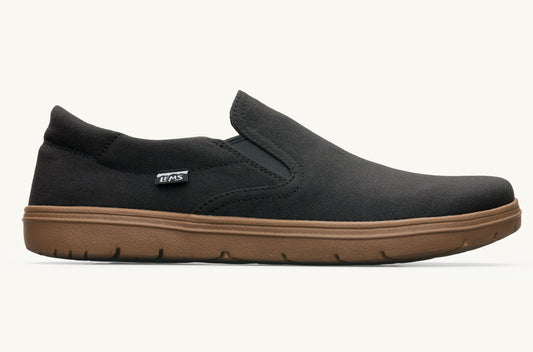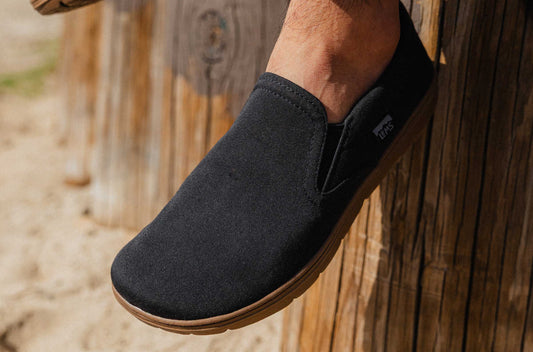Blogs
Too often we get stuck in routine and have trouble finding time to enjoy our surroundings. Even if you don’t “Love Lems Shoes”, we encourage you to take a little time, every day, to free your mind.
More time spent at home over the past couple of years likely also means less time wearing shoes, especially if you do not wear shoes inside the house.
Even if you consider yourself to be more outdoorsy than most people, surely there is an activity that you’ve never tried or have had on your bucket list for years.
Walking is growing in popularity, according to Strava’s 2021 Year in Sport report that showed that the activity was twice as popular as it had been the year prior. The report showed that walking increased among all age groups, genders, and regions.
Spending even just a short amount of time outdoors every can has shown to have numerous health benefits. At Lems, we love to get active outdoors regularly, which is of course great for our physical health, and regular exposure to the outdoors also boosts our mental health.
In Spring 2022, we released several new colorways for the Mesa, which included a few improvements to the shoe you already love.
The winter months can seemingly drag on with the frigid temperatures and increased hours of darkness. There’s a reason that many animals hibernate during the winter months and it’s natural for us to want to do the same.
Thanksgiving can be a challenging time for many people who either don’t have family nearby, don’t enjoy spending time with certain family members, don’t feel like traveling, or simply don’t feel like celebrating.
Black toenails from running are somewhat a rite of passage for long distance athletes, a badge of honor, if you will, that demonstrates that you’re a real runner now that you’ve put in enough miles to cause the discoloration of a toenail.
Calluses are not exactly the most attractive feature of an athlete’s foot, but they do serve an important purpose, especially if you run very long distances. They’re also helpful for those who walk barefoot outdoors regularly, play an instrument, hike, or use their hands for labor work.
Our feet kinda do a lot for us. They keep us upright and help us ambulate. We don’t often think about just how much we require of them, but if you’ve ever had a foot injury then it becomes apparent pretty quickly. This is why it’s important to take care of them.




















